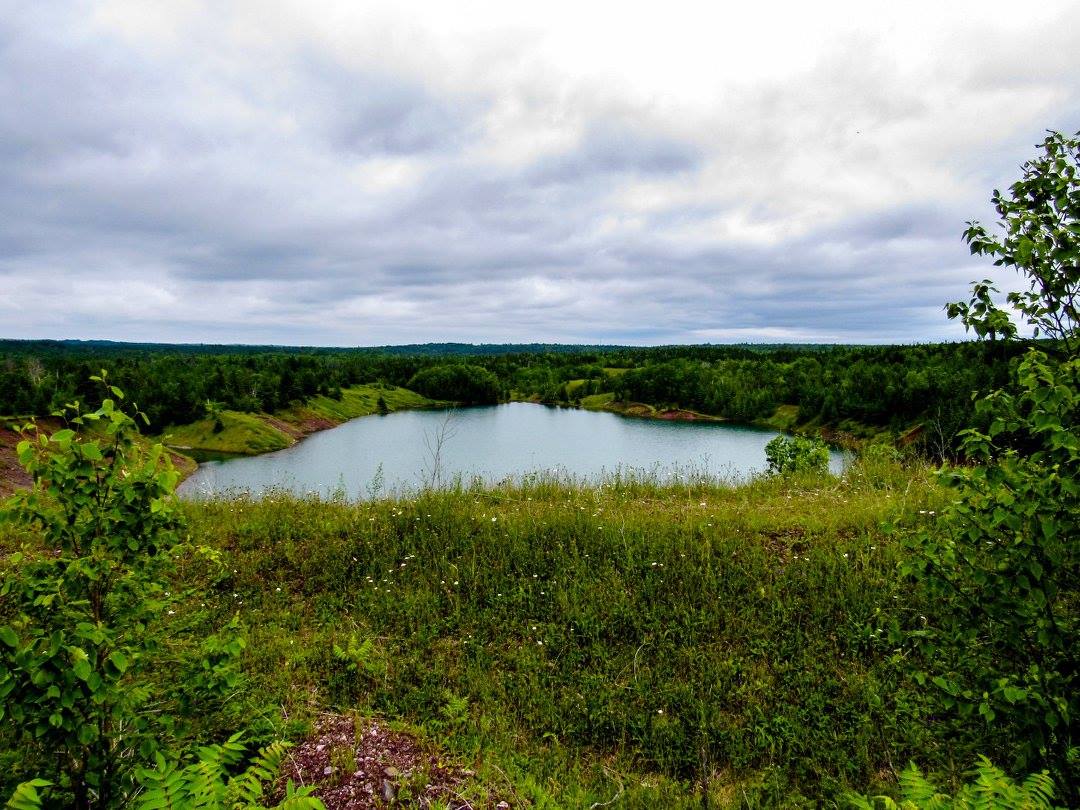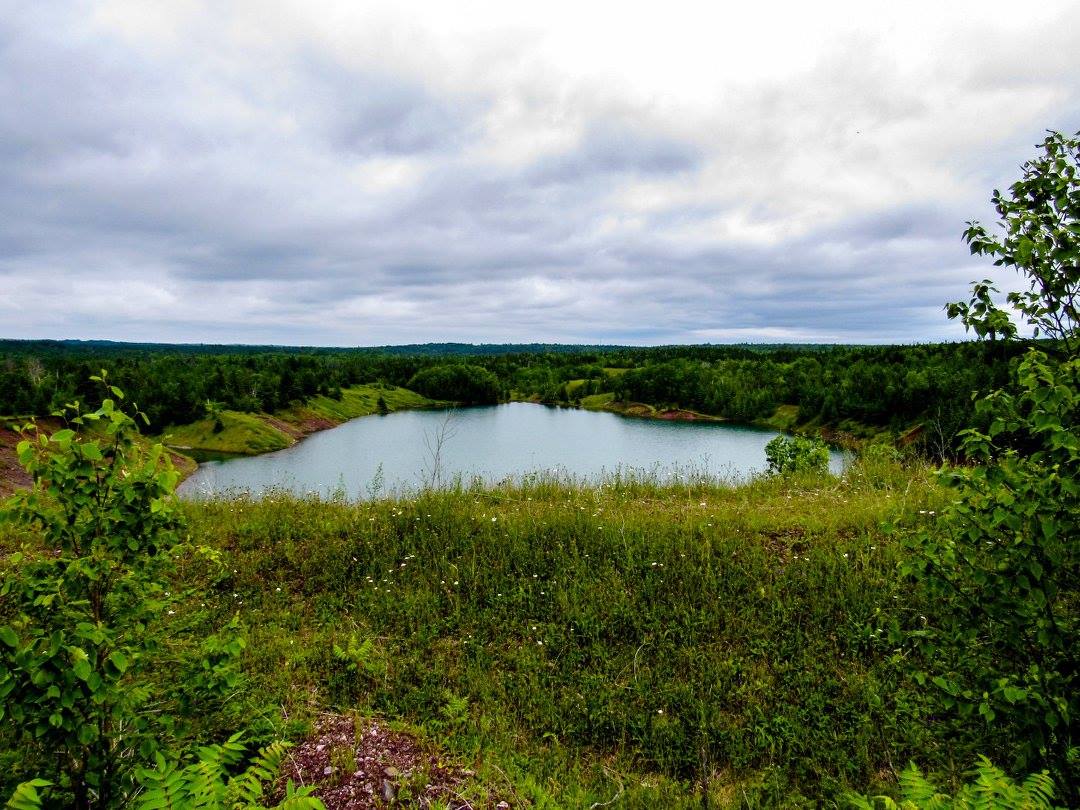There are over 5500 known minerals, including a few that were discovered in #NovaScotia!
Check out this thread for details!
#nspoli #cbpoli #capebreton @NS_Museum @ns_moi @HistoricNS @TourismNS

Check out this thread for details!
#nspoli #cbpoli #capebreton @NS_Museum @ns_moi @HistoricNS @TourismNS


Henry How was responsible for two mineral discoveries in #NovaScotia. How was born in London, England in 1828 and moved to #NS in 1854 to work at King’s College in #Windsor as a professor of natural history and chemistry. He became the university’s vice-president in 1877.
#nspoli
#nspoli

How discovered the mineral mordenite, named for Morden (Kings County) where he discovered it in 1864. Mordenite is used to clean up chemical spills, in animal feed and for water treatment.
#nspoli #cbpoli #capebreton
#nspoli #cbpoli #capebreton

How also discovered howlite near #Windsor (#HantsCounty) in 1868. He was alerted to it by miners at a quarry where it was a mysterious impurity in the gypsum. Howlite’s main use is in jewelry, partly because it's porous and can be easily dyed (i.e. the blue stones below).
#nspoli
#nspoli

How called it silicoborocalcite in reference to the silicon, boron, and calcium that constituted the material. Fortunately, it was renamed in How’s honour by American geologist James Dwight Dana when he discussed it in one of his books.
#nspoli #cbpoli #capebreton
#nspoli #cbpoli #capebreton

Aplowite and moorhouseite were both discovered at the #Walton (#EastHants) barite mine which operated from 1941-78 and is the world's largest barite deposit. They were discovered by Robert William Boyle from the Geological Survey of Canada about 1963.
#nspoli #novascotia @GSC_CGC
#nspoli #novascotia @GSC_CGC

He named them after geologists Walter Wilson Moorhouse, a professor of geology at the University of Toronto, and Albert Peter Low, a Canadian geologist and one-time director of the Geological Survey of Canada. The former Walton mine is pictured below.
#nspoli #cbpoli #novascotia
#nspoli #cbpoli #novascotia

Mcauslanite was discovered about 1986 at the #EastKemptville tin-indium mine in #Yarmouth County, which was the largest tin mine in N. America when it last operated in 1992. Mcauslanite was named for Dr. David A. McAuslan, Exploration Manager for Shell Canada Resources...
#nspoli
#nspoli

...the developers of the mine.
#NovaScotia has amazing geology, including stunning natural scenery, the #Joggins fossil cliffs and world-class mineral deposits. It's also where five known minerals were discovered!
#nspoli #cbpoli #capebreton @TourismNS

#NovaScotia has amazing geology, including stunning natural scenery, the #Joggins fossil cliffs and world-class mineral deposits. It's also where five known minerals were discovered!
#nspoli #cbpoli #capebreton @TourismNS


• • •
Missing some Tweet in this thread? You can try to
force a refresh



























